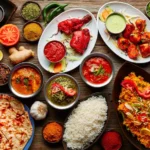Cauliflower. Spinach, like bananas, is a whole food that is high in potassium and great for lowering blood pressure. Sunflower seeds and spinach both have magnesium, which is a good chemical.
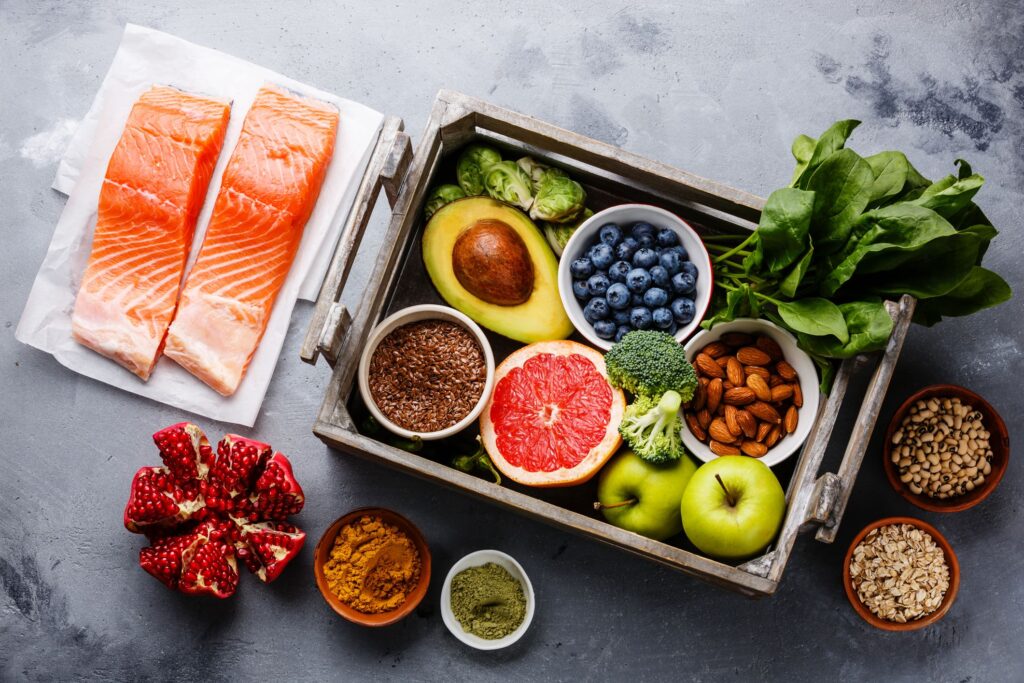
If you want to lower your blood pressure, bananas are a tasty and healthy choice. Since bananas are full of important nutrients like potassium, fiber, and vitamin C, they are good for your heart in many ways. The potassium in them levels out the sodium in food, which helps blood vessels relax.
DASH is a way of eating that includes lots of fruits, veggies, whole grains, fish, chicken, nuts, beans, and low-fat dairy. Key nutrients like potassium, magnesium, calcium, fiber, and protein are found in large amounts in these foods.
In people with high blood pressure, eating garlic seems to lower systolic blood pressure (the top number) by about 7 to 9 mmHg and diastolic blood pressure (the bottom number) by about 4 to 6 mmHg. Heart disease in people who don’t drink much or any booze
Food ways to lower blood pressure
- Having a lot of whole grains, fruits, and veggies.
- limiting sweets and drinks with added sugar.
- Quite a few things that are high in saturated fat.
- Having dairy items that are fat-free or low-fat.
- Eating chicken, beans, nuts, fish, and veggie oils
If you have high blood pressure and want to see results right away, lie down and take some deep breaths. You can lower your blood pressure this way in just minutes. It will also help slow your heart rate. Hormones are released when you’re stressed that make your blood vessels narrow.
The antioxidants in lemons have also been shown to lower blood pressure. More study has shown that this effect makes the heart-healthy benefits of exercise even greater.
High blood pressure, or hypertension, is the most common risk factor for heart disease that can be avoided.
A heart-healthy, nutrient-dense diet is recommended for everyone with high blood pressure, even those who are taking medicine to lower their blood pressure.
Having a healthy diet is important for keeping your blood pressure at a healthy level. Studies have shown that eating certain foods, especially those high in nutrients like magnesium and potassium, can lower your blood pressure.
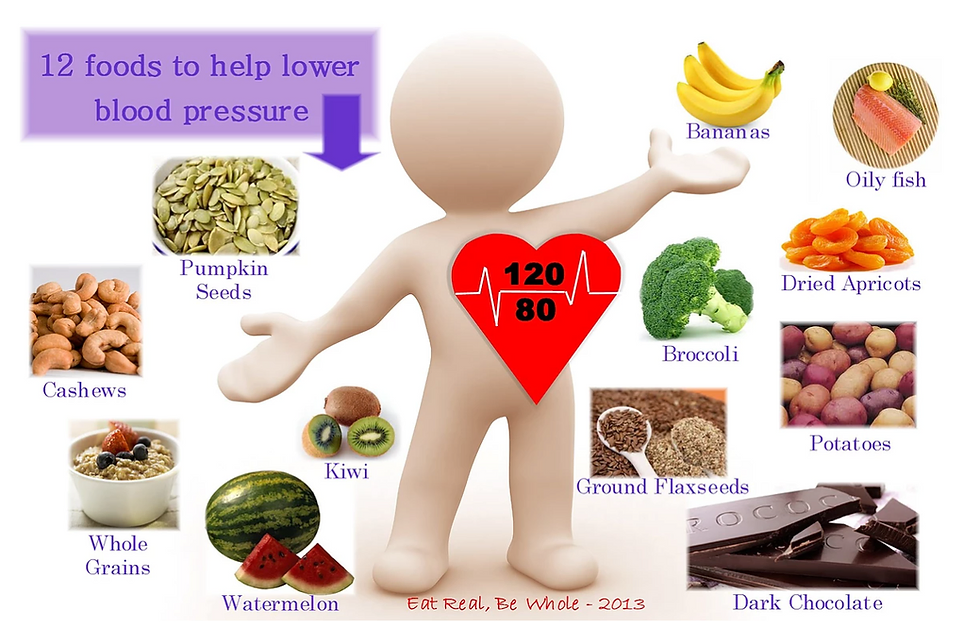
Foods can help lower blood pressure.
Grapefruits and oranges
Fruits like grapefruit, oranges, and lemons may be very good at lowering blood pressure. They are full of plant chemicals, vitamins, and minerals that may help keep your heart healthy by lowering blood pressure and other risk factors for heart disease.
Lots of salmon and other oily fish
Fatty fish is a great way to get omega-3 fats, which are very good for your heart. These fats might help lower blood pressure by lowering inflammation and oxylipin levels, which are chemicals that make blood vessels narrow.
More omega-3-rich fatty fish in your diet has been linked to lower blood pressure
Kohlrabi
Leafy greens like Swiss chard are full of nutrients that help control blood pressure, like potassium and magnesium. One cup (145 grams) of cooked chard gives you 17% of your daily magnesium needs and 30% of your daily potassium needs.
People with high blood pressure can lower their SBP by 1 mm Hg and their DBP by 0.52 mm Hg for every 0.6 grams of extra potassium they eat each day. Swiss chard has 792 mg of this important ingredient in a cup (145 grams).
Also, magnesium is important for keeping blood pressure in check. Among other things, it lowers blood pressure by blocking calcium channels naturally. This stops calcium from entering heart and arterial cells, which lets blood vessels rest.
Pepitas
Even though they are small, pumpkin seeds are very healthy that.
They contain a lot of nutrients that help keep blood pressure in check, like magnesium, potassium, and arginine, an amino acid that is needed to make nitric oxide, an important chemical for relaxing blood vessels and lowering blood pressure.
Also, pumpkin seed oil is a great natural way to treat high blood pressure
Pulses and beans
Beans and lentils are full of fiber, magnesium, and potassium, all of which help keep blood pressure in check. Many studies have found that eating lentils and beans may help lower blood pressure.
Strawberries
Berries have a lot of great health benefits, like lowering your risk of heart disease by lowering blood pressure and other risk factors. There are many vitamins in berries, such as anthocyanins, which are the pigments that give berries their bright color.
Some berries, like blueberries, raspberries, chokeberries, cloudberries, and strawberries, have been linked to lowering blood pressure.
Karneia
Eating amaranth and other whole grains may help drop your blood pressure. Studies show that eating a lot of whole grains may make you less likely to get high blood pressure.
Whole grains like amaranth are very high in magnesium. Three-eighths of your daily magnesium needs are met by one cooked cup (246 grams).
Nutty pistachios
Eating pistachios has been linked to good blood pressure levels because they are very healthy. A lot of nutrients are in them, including potassium, which is good for your heart and helps keep your blood pressure in check.
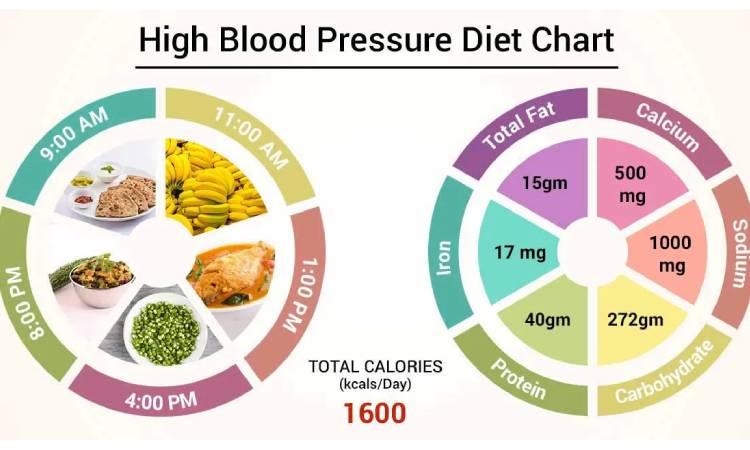
Veggie carrots
Carrots are a common vegetable that many people eat because they are crunchy, sweet, and good for you. A lot of phenolic compounds, like chlorogenic, p-coumaric, and caffeic acids, are found in carrots. These compounds help relax blood vessels and lower inflammation, which may lower blood pressure.
Carrots are tasty whether they are cooked or raw, but eating them raw might help lower blood pressure more.
Beets
People often eat celery, which may be good for your blood pressure. It has chemicals in it called phthalides that may help lower blood pressure and loosen up blood vessels.
Tomatoes and foods made from tomatoes
Many nutrients are found in tomatoes and tomato products, such as potassium and the carotene pigment lycopene.
There is a strong link between lycopene and heart health benefits. Eating foods that are high in this nutrient, like tomato products, may help lower heart disease risk factors like high blood pressure.
Veggie broccoli
People know that broccoli is good for you in many ways, including making your circulation system healthier. For example, this Brassica vegetable might help lower your blood pressure if you eat it.
Flavonoid antioxidants are found in large amounts in broccoli. These may help lower blood pressure by improving the efficiency of blood vessels and raising the body’s nitric oxide levels.
Greek milk
In addition to being high in nutrients, Greek yogurt is also full of minerals that help keep blood pressure in check, such as potassium and calcium.
Seasonings and herbs
There are strong chemicals in some herbs and spices that may help lower blood pressure by relaxing blood vessels.
Researchers have found that celery seed, cilantro, saffron, lemongrass, black cumin, ginseng, cinnamon, cardamom, sweet basil, and ginger can all lower blood pressure.
Chickpea and flax seeds
There are a lot of nutrients in chia and flax seeds, like potassium, magnesium, and fiber, that are important for keeping blood pressure in check.
Beets, beet leaves, and pickled beets
Both beets and their veggies are very healthy, and eating them may help keep your blood pressure in a healthy range. A lot of nitrates are in them, which help blood vessels relax and may lower blood pressure.
Cauliflower
Beets and spinach both have a lot of nitrates in them. Antioxidants, potassium, calcium, and magnesium are also found in large amounts, which makes it a great choice for people with high blood pressure.
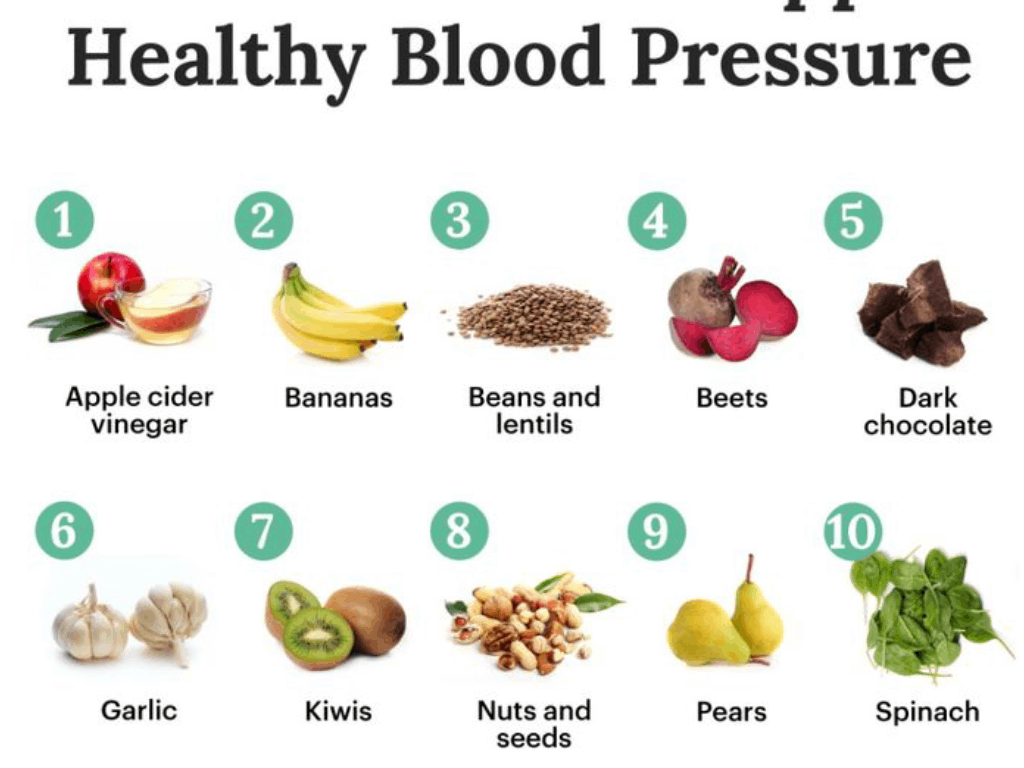
Experts Say: What to Eat to Lower Blood Pressure
Several health experts say that eating the foods below will help lower your blood pressure in a safe and healthy way. They will also lower your chance of heart disease, stroke, and kidney disease.
Berry blues
Blueberries are full of antioxidants and good for keeping your blood pressure in check.
An expert on heart-healthy food in Toronto, Veronica Rouse, says that blueberries are full of antioxidants called anthocyanins. These are what give the fruit its famous blue color.
In a small study published in the Journal of Nutrition of 48 men and women with metabolic syndrome, those who ate 50 grams of freeze-dried blueberries every day for eight weeks had lower blood pressure and lower levels of a few markers of oxidative stress that are known to cause inflammation [3].
Asparagus
How are beets different? “These vegetables have a chemical called nitrate in them that helps your body make nitric oxide. Nitric oxide opens up your arteries and lowers your blood pressure,” Rouse says.
In 2015, a small study published in Hypertension found that people with high blood pressure dropped their readings when they drank 250 milliliters of beetroot juice every day for four weeks, compared to a placebo group
Tomatoes
Kiran Campbell, qualified dietitian and owner of Kiran Campbell Nutrition in St. Charles, Michigan, says that tomatoes are a great way to get lycopene, a powerful antioxidant that is good for your heart. Tomatoes, like beets and cabbage, raise nitric oxide levels in the body. This helps blood vessels get wider and blood pressure goes down.
Bittersweet chocolate
Kristin Draayer, M.S., registered dietitian and owner of Nutrition by Kristin in Kalamazoo, Michigan, says that eating dark chocolate with at least 60% cocoa solids every day can help lower blood pressure. This is because cocoa has flavonoids in it that make blood vessels widen, which lowers blood pressure. Plus, cocoa has magnesium in it, which is an important mineral for keeping blood pressure in check.
Dream Fruit
Melissa Nieves, L.N.D., registered dietitian and founder of the Fad Free Nutrition Blog, says that the high potassium level of passion fruit can help lower blood pressure. “Potassium controls the balance of electrolytes and the way muscles work all over the body, including the heart,” she says.
Nieves says that passion fruit also has vitamins that can help get rid of plaque that builds up on the inside of the arteries. This lowers blood pressure as well.
Nutty pistachios
A physician at Ohio State University Wexner Medical Center named Jim Liu, M.D., says that these little green nuts can also help lower blood pressure. He says that pistachios can help people with diabetes by lowering blood pressure and improving glucose control, as well as by lowering obesity and inflammation signs.
Such claims are backed up by a randomized controlled study in the Journal of the American Heart Association. After four weeks of eating a meal with a moderate amount of fat and pistachios making up 20% of their calories, people with type 2 diabetes had a big drop in their systolic blood pressure[6].
Melon
Watermelon’s high citrulline content can help lower blood pressure, says Melissa Hooper, M.S., founder of Bite-Size Nutrition in Los Angeles and qualified dietitian. She says citrulline is an amino acid that the body changes into arginine, which helps the body make nitric gas. “Nitric oxide helps reduce blood pressure by relaxing blood vessels.”
Salmon and Other Fish with Big Bones
High amounts of heart-healthy omega-3 fatty acids are found in salmon and other fatty fish like mackerel, herring, and sardines. These acids also help control blood pressure. According to Michael Finkelstein, M.D., an internal medicine doctor with Scarsdale Medical Group in New York, these fats help stop the production of oxylipins. Oxylipins raise blood pressure by making blood vessels tighter.
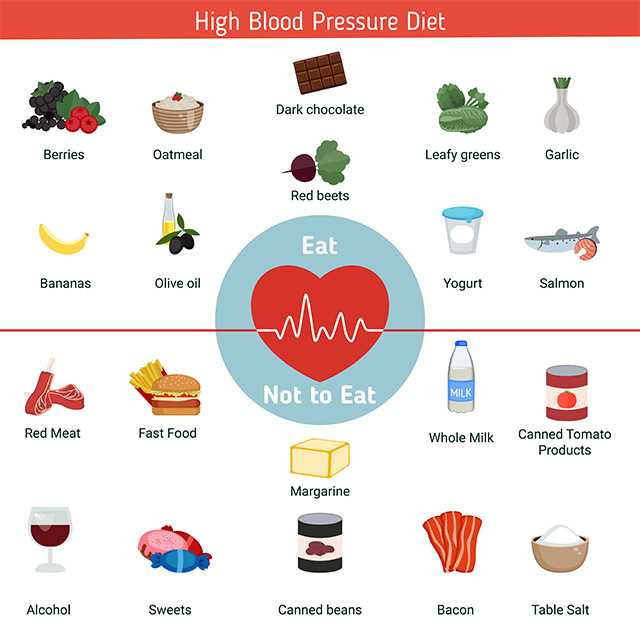
Hazelnuts
In more than one way, oatmeal can help lower blood pressure. Josh Weisbrot, M.D., a cardiologist at Morristown Medical Center in New Jersey and part of Atlantic Health System, says that oatmeal is low in salt and high in potassium, magnesium, and fiber. He says, “High potassium and magnesium help relax and widen blood vessels and counteract the effects of sodium to help lower blood pressure.” He also says that the fiber in oatmeal helps control blood pressure by keeping the balance between sodium and water.
Plate-Building for Low Blood Pressure Foods
The director of clinical nutrition at Form Health, Julia Axelbaum, R.D., says that every meal and snack should include a range of colorful whole foods. She says, “A balance of all colors is so important for overall health because each color shows a different mix of plant nutrients that are good for you.”
To eat in a way that supports good blood pressure, try the meal and snack ideas below, which come from experts and won’t break the bank.
To Sum It Up
Adopting a healthy diet, along with other changes to your lifestyle, can help lower your blood pressure and lower your risk of heart disease.
Researchers say that eating foods like veggies, berries, beans, lentils, seeds, fatty fish, citrus fruits, and leafy greens may help you reach and keep healthy blood pressure levels.
Some of the foods in this piece may help if you have high blood pressure or want to keep your blood pressure in a healthy range.

